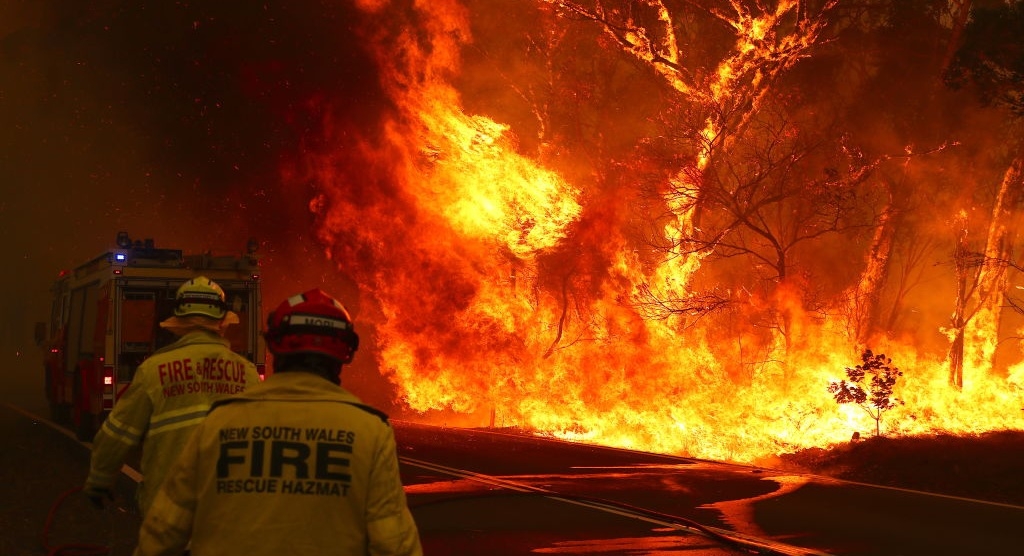The Australian Bushfires: A Catastrophe for People and Wildlife
Australia is facing one of its worst bushfire seasons in history, with record-breaking temperatures and severe drought fueling massive blazes across the country. Since September 2020, at least 33 people have died, thousands have been displaced, and more than 11 million hectares of land have been scorched. The fires have also devastated the wildlife, killing an estimated 25,000 koalas on Kangaroo Island alone and threatening the survival of many endangered species.
What causes the bushfires?
Bushfires are a natural phenomenon in Australia, where the climate is hot and dry for most of the year. The fires are usually ignited by lightning strikes or accidental sparks, but some are also deliberately lit by arsonists. The fires are influenced by a weather pattern called the Indian Ocean Dipole, which creates dry conditions in eastern and southern Australia. However, scientists agree that climate change is making the fires more frequent and intense, as rising levels of greenhouse gases warm the planet and increase the risk of extreme weather events.
How are the fires fought?
Fighting bushfires is a challenging and dangerous task that requires a coordinated effort from various agencies and volunteers. Firefighters use water and fire retardant from planes and helicopters, as well as trucks and hoses on the ground, to try to contain and extinguish the flames. However, sometimes the fires are too large or unpredictable to be controlled, and the focus shifts to saving lives and property. Firefighters are assisted by the police, military and navy, who help with rescue and evacuation operations. Australia has also received support from other countries, such as the US, Canada and New Zealand, who have sent firefighters and equipment to help.
What are the impacts of the fires?
The bushfires have had devastating impacts on both human and natural communities. The fires have destroyed more than 2,000 homes and damaged infrastructure such as roads, power lines and telecommunications. The smoke from the fires has also caused poor air quality and health problems for millions of people, especially in Sydney and Canberra. The economic cost of the fires is estimated to be billions of dollars.
The fires have also taken a heavy toll on the wildlife, which is already under threat from habitat loss, invasive species and disease.
The fires have killed or injured millions of animals, including mammals, birds, reptiles and insects. Some of the most affected animals are koalas, kangaroos, wallabies, wombats, echidnas and platypuses. Many of these animals are endemic to Australia, meaning they are found nowhere else in the world. Some species may face extinction as a result of the fires.
How can we help?
The bushfires have sparked a global outpouring of sympathy and support for Australia. Many people have donated money or goods to various organizations that are helping with relief and recovery efforts.
Some of these organizations include:
● The Australian Red Cross: Provides emergency assistance to people affected by the fires.
● The Salvation Army: Provides food, water, clothing and shelter to fire victims.
● The NSW Rural Fire Service: Supports volunteer firefighters who risk their lives to fight the fires.
● WIRES: Rescues and rehabilitates injured wildlife.
● WWF: Works to restore habitats and protect endangered species.
You can also help by spreading awareness about the bushfire crisis and its causes, and by taking action to reduce your own carbon footprint and fight climate change.
The Australian bushfires are a tragedy for both people and wildlife. They are also a wake-up call for the world to act on climate change before it is too late. We hope that this blog article has given you some insight into this important issue.











0 Comments